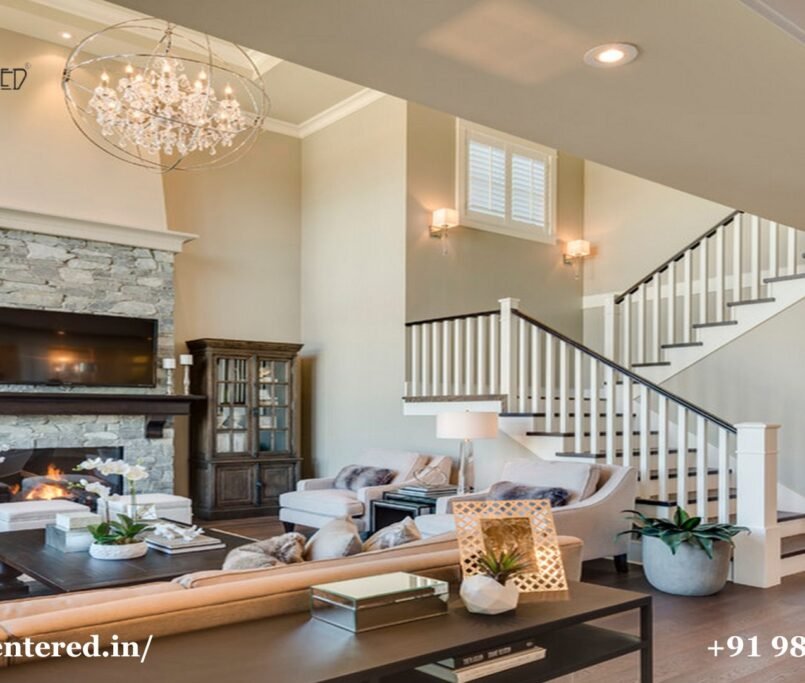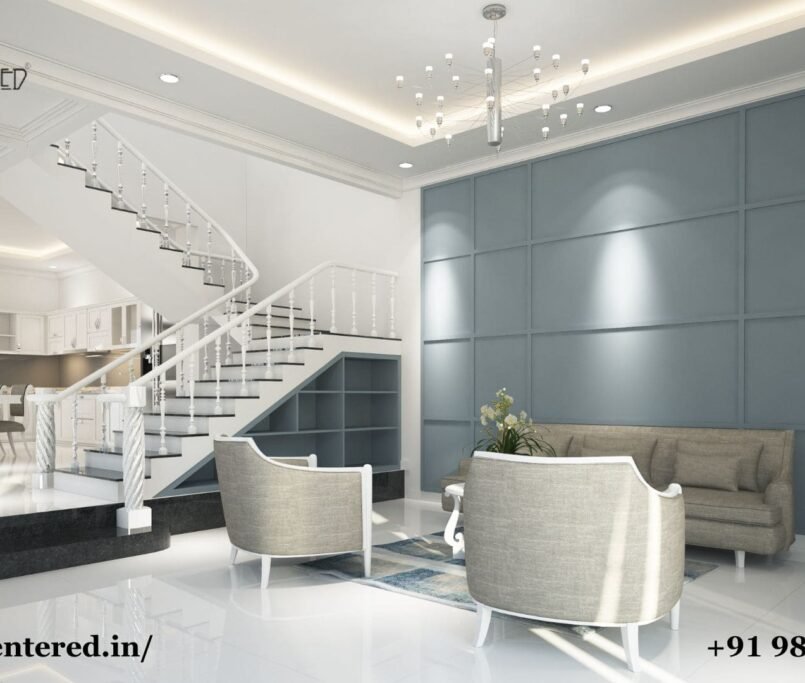The Relevance of Biophilic Design in Contemporary Architecture
Biophilic design is changing architecture. It is based on the idea that humans are connected to nature and strives to incorporate nature into architecture. This method is important in modern architecture for several reasons.
First and foremost, biophilic design improves life. Architects use natural materials, plants, and natural light to create relaxing spaces. Studies demonstrate that such surroundings reduce stress, promote creativity, and boost productivity.
Sustainability is another trend that biophilic design supports. Modern architects in chennai use green roofs and energy-efficient solutions to integrate their projects with the environment. This conserves resources and lowers building carbon emissions.
Biophilic design is a philosophy that changes how we interact with our surroundings, not just a trend. It promotes healthier, more sustainable, and beautiful architecture that honors our natural relationship. Modern architecture relies on biophilic design to promote environmental awareness and well-being.
In today’s fast-paced world, when urbanization is rising and green spaces are decreasing, architects must build useful spaces that connect people to nature. Biophilic design, a popular architectural idea, helps here. This blog discusses how biophilic design will shape architecture’s future.
The Heart of Biophilic Design
Biophilic design assumes humans are naturally connected to nature. It incorporates natural materials, processes, and aspects into the built environment to improve health. Biophilic architects develop spaces that connect people to nature, making them happier, healthier, and more productive.
Bring Nature Indoors
Interiors should incorporate natural elements, according to biophilic design. This can be done by using wood, stone, and living plants. Imagine entering an office with lush greenery or a home with a plant-filled courtyard. These factors increase indoor air quality, attractiveness, and calmness.
Enhancing Natural Light and Views
Maximizing natural light and providing views of nature are also important in biophilic design. Skylights, large windows, and properly positioned apertures provide daylight into the interior, lowering lighting needs. Nature views—parks, gardens, and water features—can also boost mental health and productivity.
Designing Multisensory Experiences
Biophilic design considers all senses, not just sight. Sound of flowing water, touch of natural materials, and aroma of plants can create a multi-sensory experience that connects people to nature. Water features and natural wood or stone textures can give relaxing sounds and tactile stimulation, respectively.
Sustainable and Green Buildings
Sustainability and biophilic design go together. Green roofs, rainwater harvesting, and energy-efficient solutions are being used by more architects. Biophilic and sustainable design can help architects produce structures that benefit people and the environment.
Health and Wellness Improvement
Numerous research suggests that biophilic architecture improves physical and mental wellbeing. Biophilia-designed hospital spaces reduce stress, boost cognition, and speed recovery. In an age where health is a concern, architects may promote healthier lifestyles through their designs.
The Future of Architecture
As society becomes more cognizant of environmental sustainability and well-being, biophilic design may become more important in architecture. Architects in Chennai will continue to find new ways to incorporate nature into urban settings that fulfill their purposes and foster the human-nature connection.
Finally, biophilic design changes how architects work. Buildings should boost our health, link us to nature, and contribute to a sustainable future, not just look good. Biophilic architecture will make cities and buildings greener, healthier, and more harmonious.





